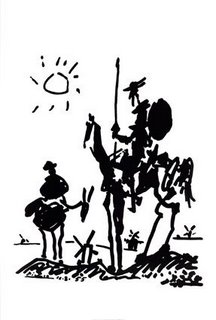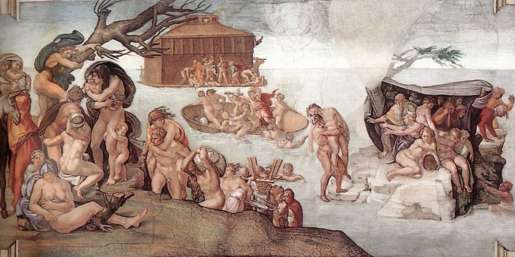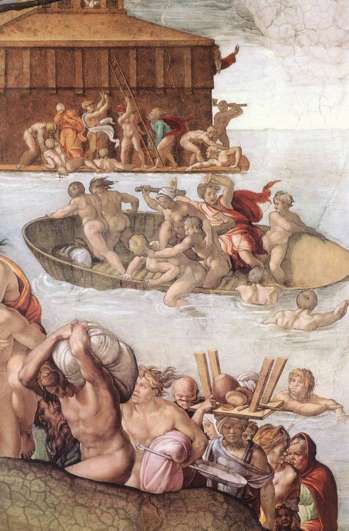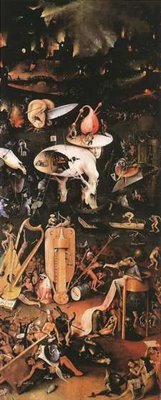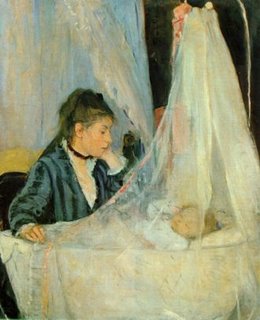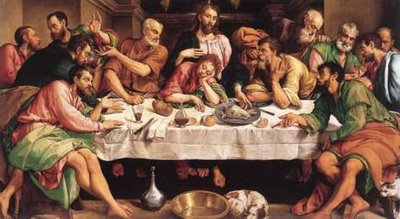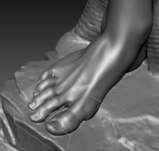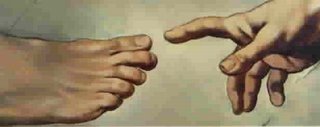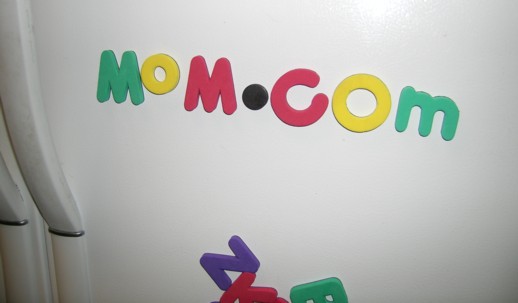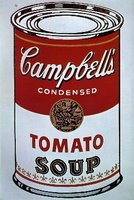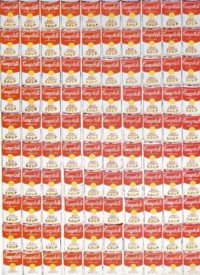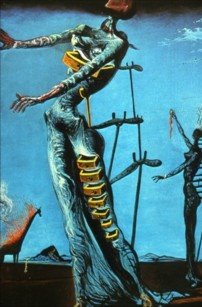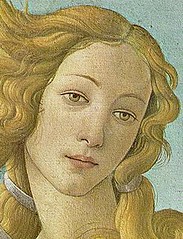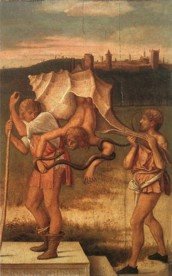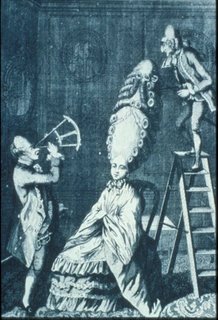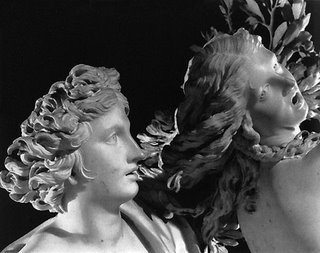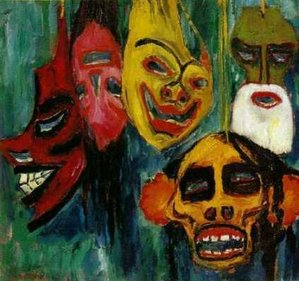 A few random thoughts about masks:
A few random thoughts about masks:When Emile Nolde painted these masks in 1911 he was following a popular trend. Picasso, Gauguin, Kirchner and other Modern painters were also fascinated with notions of the primitive and archetypal. Masks were the early 20th century artworld’s equivalent of Tommy Hilfiger jeans.
Halloween masks are currently banned from the local elementary schools. I’m not sure why. None of my kids have ever worn or plan to wear masks as part of their costumes, but I am curious about the rule nonetheless. Here are my theories:
a) Principals are worried about the kindergartners getting frightened, b) They are afraid the 6th graders, emboldened by a sense of anonymity, will tag the walls and stage an coup d’état, c) There are so many students in each classroom (I live in Utah remember) that the teachers have just barely gotten their names memorized. Throw a few obscured faces in the mix and the poor teachers will be hopelessly confused, d) Masks tend to limit one’s breathing and vision. Some child may crash into a tetherball pole out in the playground, fall to the ground crying and bleeding profusely, but their muffled cries will go unheard and no one will notice the real blood among all the fake wounds and fake oozing eyeball sockets.
The Richard Chamberlain version of Man in the Iron Mask is far superior to the Leonardo DiCaprio remake. The jury is still out on the 1929 Douglas Fairbanks version, the low-budget 1998 version, the 1939, 1968, and 1985 versions and the French, German, Italian and Korean versions as the jury is busy sewing a Yoda costume and has not seen these yet.
In addition to iron ones being used to torture and hide the identity of twin brothers of French monarchs, masks have historically been worn in the following contexts: Greek tragedy, Japanese Noh drama, Sri Lankan devil dance rituals, Central American street theater, African ancestor ceremonies, baseball/hockey/fencing matches, surgery, welding, scuba diving, and criminal exploits.
The word for mascara comes from the same root as mask and masquerade. I find this to be incredibly appropriate and I’ve been thinking about the times I wear mascara versus the times I do not.
Julie does not wear mascara when: hanging out at home with her husband and kids, exercising, going to family parties involving her siblings and parents, shopping for groceries on Saturday night.
Julie wears mascara when: teaching a class, attending church, going to a party involving extended family or in-laws, shopping at any store where she fears she may see someone she knows but not well enough to reveal the awful fact that she has pale eyelashes. See any pattern here?
Tags: masks, art, Halloween, mascara.
